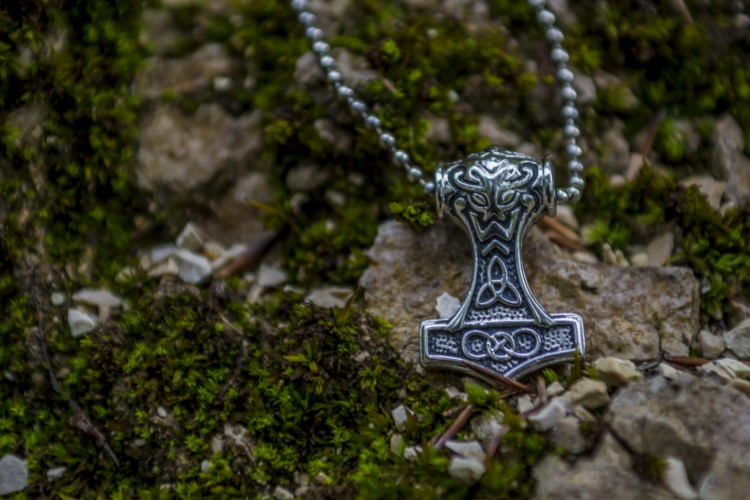Brief Introduction to Viking History

As far back as the year 793 AD, we have records that provide real historical evidence of contact between Scandinavians and the British Isles. During this time and for the next few centuries, Norse raiders plundered and colonized parts of Britain and Ireland. This is a time often referred to as the “Scandinavian Age” in Britain.
From the 900s onward, the name “Viking” starts to appear in the historical record. Their impact on the world would be far from temporary.
Here is a beginner’s guide to the fascinating Viking history. Some of the main events helped to shape the world as we know it today. Keep on reading for more on the history of Vikings.
Overview of Viking Origins
The Vikings were seafaring people originating from Scandinavia. They flourished between the 8th and 11th centuries.
Their expansion focused on the British Isles. But they also settled in Iceland, Greenland, France, and Russia. They played an important role in Norse history and influenced areas of art, culture, language, and politics.
Most of what we know about them comes from archaeological evidence. Also, they have some evidence of various manuscripts. But a great deal of what we know has been extrapolated from myth and legend.
We know the Vikings for their raids into foreign lands and their strong naval power. They also practiced a polytheistic form of Norse paganism.
Viking Expansion Outside of Europe
The Viking Age spanned from about 793 to 1066 CE. This is when a group of Scandinavian seafarers and warriors explored. They settled in parts of Europe, as well as North America, Africa, and Asia.
Thus began the period known as the Viking Expansion, which saw the seafarers markedly expand their explorations and settlements. The Viking Expansion consisted of trading, raiding, and settlement. It created a trading network with the Arabian countries and even with Constantinople.
The Vikings developed their navigation skills to circumnavigate the British Isles. They also explored and settled areas as far away as Newfoundland, Greenland, and North America.
In their explorations, the Vikings also raided many monastic institutions. They also raided other settlements for treasure, food, and slaves.
Impact of the Norse Culture
The Viking era greatly affected popular culture, from clothing to jewelry. During this period, the Norse people traveled to various parts of Europe and beyond, engaging in exploration and trading.
This is reflected in the designs of Viking jewelry. This jewelry features intricate metalwork and a variety of precious stones, often inlaid with metal designs like animals, knots, and spirals. Many of these same symbols appear in modern Viking-inspired fashion, such as necklaces, rings, Viking garments, and pendants.
Norse culture also inspired military uniforms and dresses. This featured a variety of shapes, colors, and fabrics. From their rustic designs to their intricate craftsmanship, Viking jewelry and apparel have become an enduring symbol of the Norse people and their influence on the modern world.
You can check out and shop for Viking necklace here and explore more about Viking collections.
Learning More on Viking History
Studying Viking history is captivating. Their conquests and innovations remain an inspiration to this day. Furthering your understanding of the Vikings’ contribution to history reveals profound insights into human perseverance, hierarchy, and creativity.
If you’re fascinated by the Viking culture, more research is encouraged to uncover the fascinating details of these incredible people.
If you think this article has helped you, check out our other blogs!






